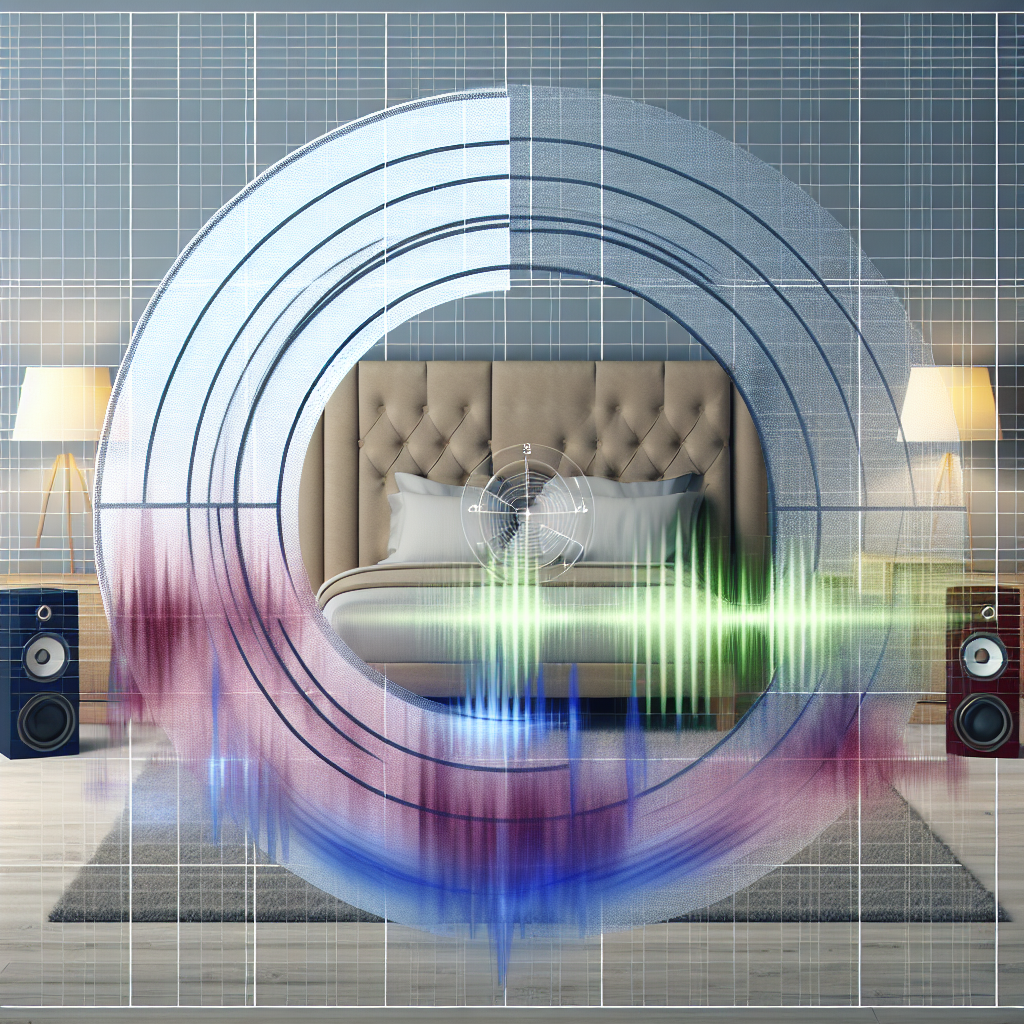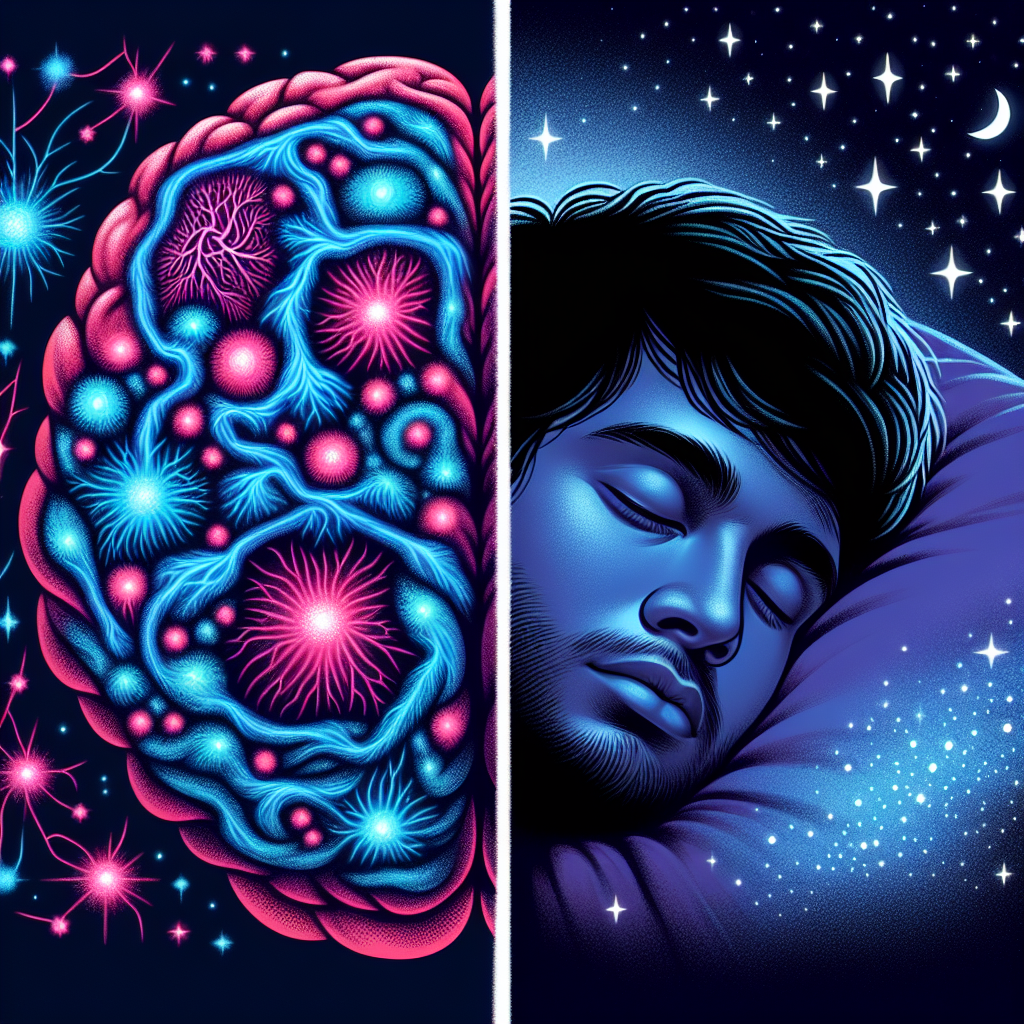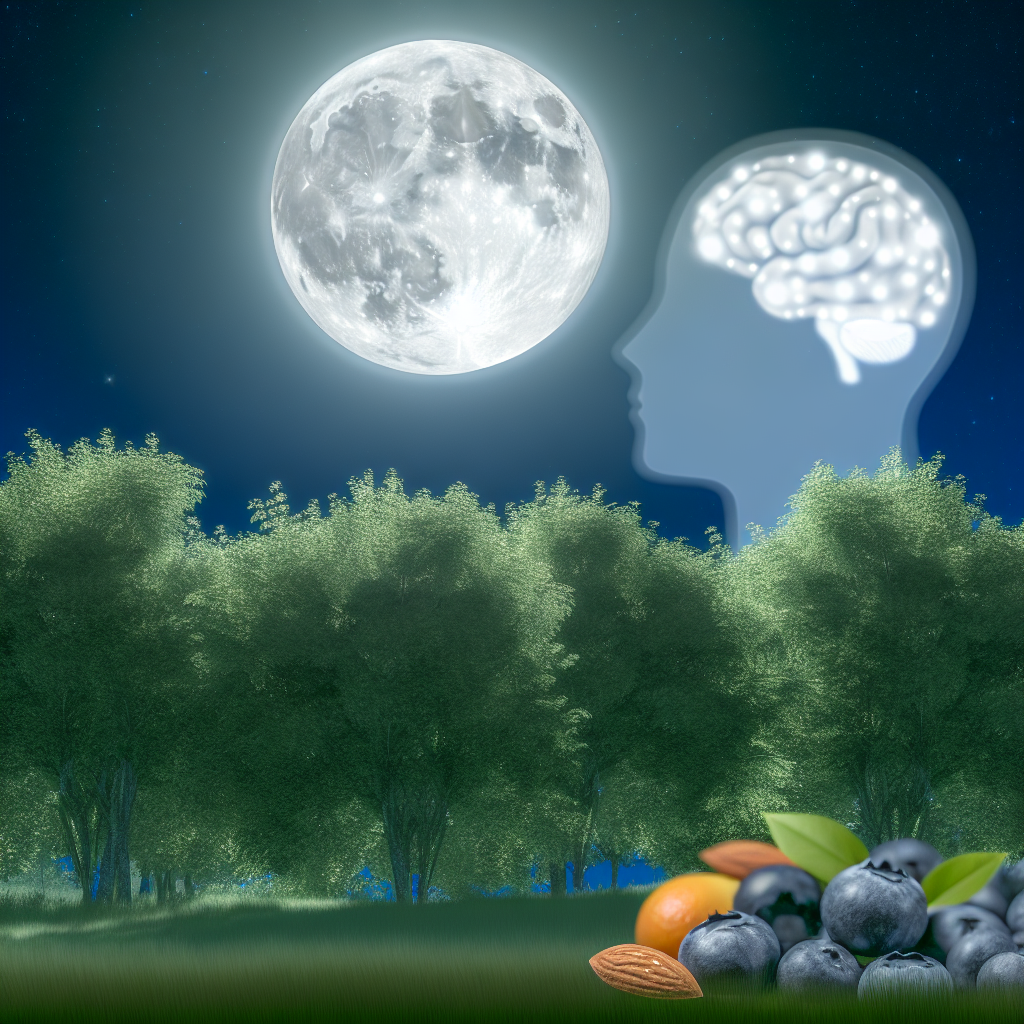All five essential stages of sleep, including NREM and REM sleep, are collectively referred to as sleep. Each step represents a distinct period. For instance, rapid eye movement (REM) occurs more frequently during REM sleep than during non-REM sleep.
Up to six times during the night, the body will transition from non-rapid eye movement to rapid eye movement sleep. The rest spent in REM sleep gradually decreases as the night continues. This article will discuss the processes in your brain while you sleep.
Getting enough sleep daily
There is not a single characteristic that can characterize sleep. Instead, sleep is the result of several different behavioral, motor, sensory, and physiological factors converging at the same time. These characteristics are present in all forms, but it’s possible that sleepwalking and wakefulness won’t exhibit them at all.
As a result, people can never be sure that they are getting enough sleep, even though it is necessary for survival. Furthermore, since we cannot observe the activity in our brains while asleep, we do not know how it appears.
Sleep can help improve memory
Numerous beneficial impacts of sleep are linked to improved health; however, getting enough sleep is necessary to experience these results. Additionally, getting enough sleep is critical to maintaining your body and mind’s functions.
According to certain studies, getting enough sleep can help improve one’s memory. Additionally, it has the potential to reduce stress and boost attentiveness. A healthy level of social and emotional functioning may be easier to sustain throughout the day if you get enough sleep.
The encoding of memories and improvement of learning is shown to be facilitated by deep sleep in studies conducted on rats. A reduction in activity in specific brain areas responsible for decision-making and emotional regulation may also occur during deep sleep.
Risks associated with artificial illumination
Before the advent of electricity, it was not difficult for the first humans to become used to sleeping in the darkness. However, the artificial light we are surrounded by today provides us with several complex issues. Sadly, many people are unaware of the risks associated with artificial illumination.
Lighting can be challenging in metropolitan areas, including illuminated signage and street lights. Before you go to bed, running a hot bath is an excellent method to get rid of the harsh light from your cellphones and laptops to get a better night’s sleep. Turning off electronic devices such as cell phones, televisions, and laptops will also be of assistance.
Treatment for sleep disturbances
Because there is either no evidence or inconsistent evidence that supports the requirements, no criterion can be used to define “good sleep.” However, there are physiological markers shared by mammals and humans, such as increased sleep and decreased stress reactivity.
Insomnia is a widespread problem that affects a lot of different people. Using hypnotics or sleeping medications in treatment for sleep disturbances is effective; however, behavioral methods and cognitive-behavioral therapies are expected to make a more meaningful improvement throughout treatment.
Diagnosis of a sleeping disorder
Narcolepsy is a severe disorder that results in excessive time spent sleeping. These episodes can last from a few short minutes to thirty minutes. As a consequence of this, the diagnosis of a sleeping disorder can call for additional testing.
Sleep is essential for many different types of animals, including humans. It also incorporates neurotransmitters and genetics in addition to the components of the nervous system. The progression through the stages of sleep might also be different for people of different ages and genders.

Dominic E. is a passionate filmmaker navigating the exciting intersection of art and science. By day, he delves into the complexities of the human body as a full-time medical writer, meticulously translating intricate medical concepts into accessible and engaging narratives. By night, he explores the boundless realm of cinematic storytelling, crafting narratives that evoke emotion and challenge perspectives.
Film Student and Full-time Medical Writer for ContentVendor.com




